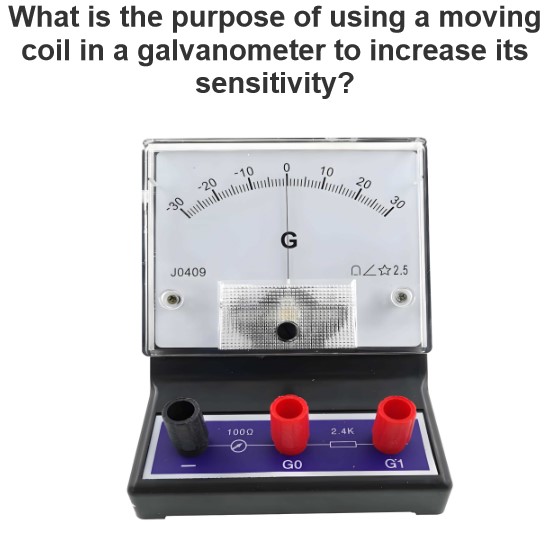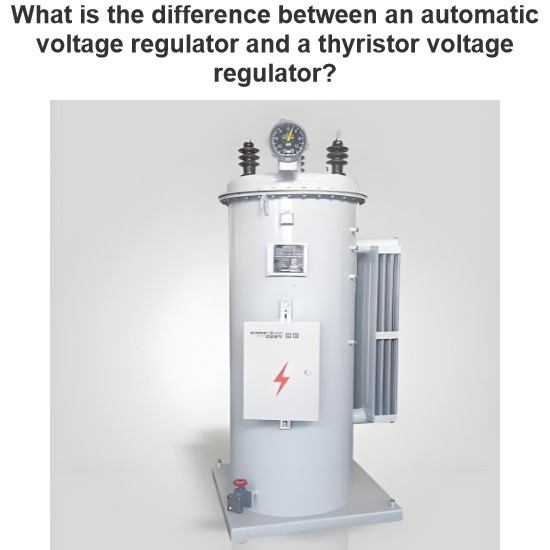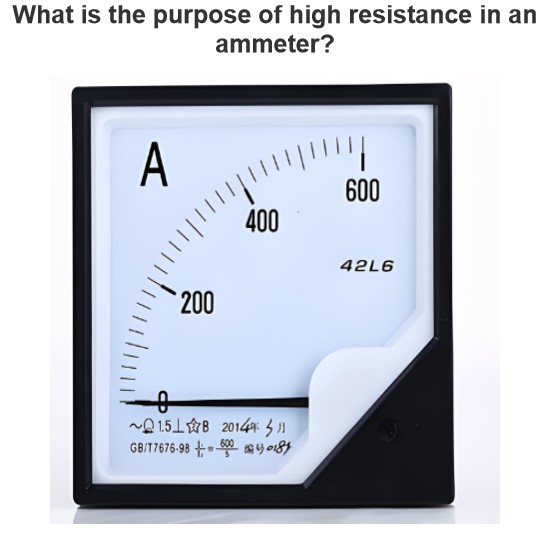How do surge protection devices work?
The working principle of surge protection devices
Surge Protective Devices (SPDs) are important safety devices primarily designed to protect electrical and electronic equipment from the effects of voltage spikes and surges. Here's how they work:
1. Surge protectors in normal working condition
In normal working conditions, surge protectors present high impedance to normal power frequency voltages, with almost no current flowing through them, equivalent to an open circuit. This means that surge protectors do not affect the circuit systems they are installed in and do not consume additional energy.
2. Surge Protectors for Transient Overvoltage Conditions
When a transient overvoltage occurs in the system, the surge protector quickly reduces its impedance, presenting a low impedance to high-frequency transient overvoltages. This is equivalent to short-circuiting the protected equipment. The purpose of doing so is to allow the strong overcurrent generated by the transient overvoltage to be discharged to the ground, thereby limiting the transient overvoltage within the voltage range that the equipment can withstand, protecting the equipment from damage caused by impact voltage.
3. Technical Parameters of Surge Protectors
The surge protector must safely perform the task of discharging lightning current to ground without causing damage to itself. This requires controlling several technical parameters: voltage protection level and current carrying capacity. The lower the voltage protection level, the better the protection; the higher the current carrying capacity, the safer it is under lightning conditions.
4. Types of Surge Protectors
Surge protectors can be divided into two types based on voltage connections. One type of SPD is connected between active conductors, while the other type is connected between conductors and protective conductors. In addition, there are different types of SPDs, such as Type 1, Type 2, Type 3, and Type 4 surge protection devices, which are suitable for different application scenarios and protection needs.
5. Components of a Surge Protector
A surge protector has three basic components: a voltage sensor, a controller, and a latch/unlatch circuit. The voltage sensor monitors the line voltage, the controller reads the voltage levels and decides whether to maintain standard voltage levels. If the voltage exceeds the standard levels, the latch/unlatch circuit intervenes, diverting the excess voltage to the ground line, thereby protecting the equipment.
6. Application of Surge Protectors
Surge protectors are widely used in various fields, including homes, offices, commercial and industrial environments. They can prevent voltage spikes and surges caused by lightning or power system failures, protecting sensitive electronic devices and circuits based on Mp/MC.
In summary, surge protective devices effectively protect electrical and electronic equipment from damage by presenting high impedance during normal operation and rapidly reducing impedance in the event of a transient overvoltage, thereby limiting the overvoltage to within the range that the equipment can withstand.
The Electricity Encyclopedia is dedicated to accelerating the dissemination and application of electricity knowledge and adding impetus to the development and innovation of the electricity industry.




